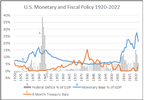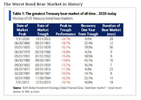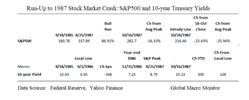- Joined
- 20 July 2021
- Posts
- 12,025
- Reactions
- 16,732
or ( c ) lie about the default like when they ( temporarily ) closed the gold windowThe only question is: (a) slow default, inflation or (b) fast default, massive deflation? It will be (a) unless the Fed totally loses control of events. 98% probability.






























































































































